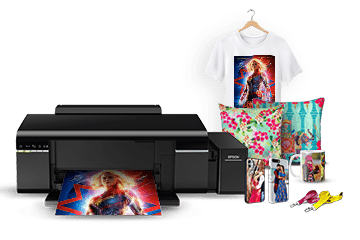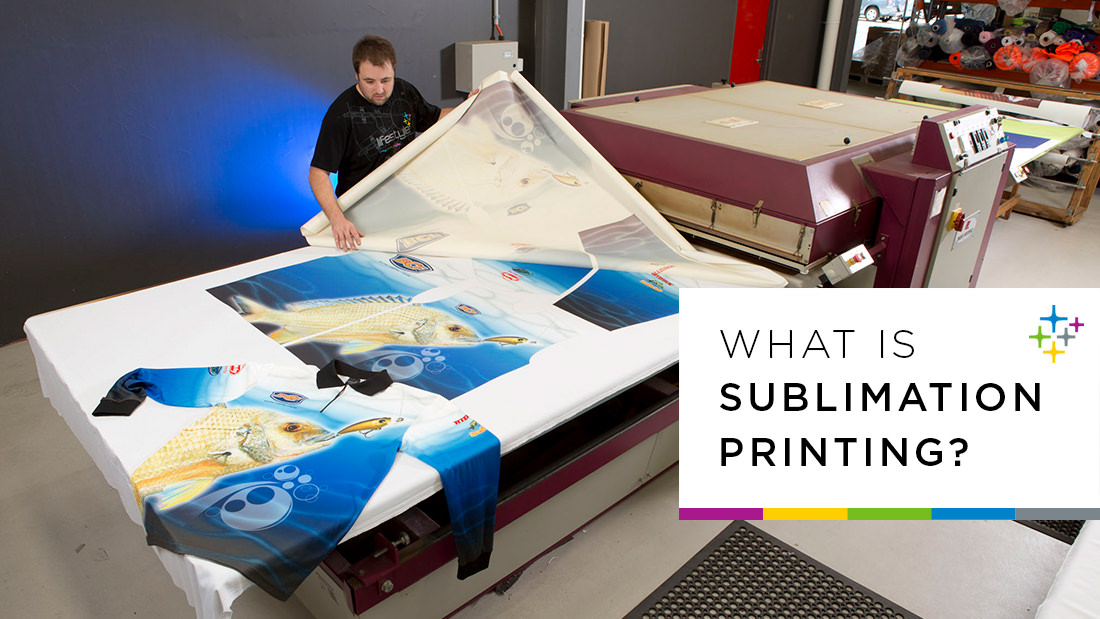Advancements in DTF Printing: How It's Reinventing the Sector
The textile printing sector is going through a significant improvement, driven by the advanced developments in Direct-to-Film (DTF) technology. These advancements are not only improving print high quality and convenience however also streamlining the entire printing process. With remarkable ink formulations, boosted movie and sticky technologies, and the combination of automation, DTF printing offers vibrant, resilient prints on a range of textiles, fulfilling the boosting need for personalization. As services look for a lot more reliable and eco-friendly solutions, the implications of these advancements necessitate a closer examination into just how they are forming the future of fabric printing.
Improvements in DTF Innovation
Progressing swiftly, DTF (Direct-to-Film) printing modern technology has undergone substantial renovations that are transforming the textile industry. Among the most remarkable improvements is the improvement in print high quality. Modern DTF printers utilize sophisticated ink formulations that cause dynamic, long lasting prints with high resolution and color precision. These inks are particularly crafted for compatibility with different fabric types, guaranteeing regular quality despite the material.

Additionally, developments in film and sticky innovations have actually enhanced the general application procedure. New movies use far better flexibility and bond, boosting the resilience and washability of the printed designs - heat transfer vinyl printing. This ensures that the prints maintain their integrity and vibrancy even after multiple cleans
Last but not least, ecological factors to consider have motivated the growth of eco-friendly DTF remedies. Suppliers are significantly adopting sustainable methods, such as making use of recyclable movies and water-based inks, straightening with global efforts to lower the industry's ecological footprint.
Advantages Over Typical Approaches
When comparing DTF printing to traditional approaches such as screen printing and direct-to-garment (DTG) printing, several distinct benefits arise. screen printing. Among the most significant advantages is its adaptability in textile compatibility. Unlike screen printing, which usually needs particular textile kinds, DTF printing can be put on a wider variety of products, including cotton, polyester, and blends, without endangering print high quality
An additional noteworthy benefit is cost-effectiveness, especially for tiny to medium-sized orders. Standard screen printing comes to be financially viable just at higher volumes as a result of the configuration expenses involved. In comparison, DTF printing eliminates these configuration expenses, making it a lot more inexpensive for smaller sized batches and one-off styles.
Furthermore, DTF printing stands out in sturdiness and washability. In addition, DTF printing offers faster turnaround times.

Enhanced Design Capabilities
DTF printing uses enhanced layout capacities that establish it apart from conventional printing approaches. The process includes printing a layout onto an unique movie, which is then transferred to fabric.
Furthermore, DTF printing sustains a vast variety of fabrics, consisting of cotton, polyester, blends, and also non-textile substrates. This flexibility opens doors for imaginative applications in diverse markets such as fashion, home decor, and advertising items. Unlike screen printing, which can be restricting because of color separation and pattern development, DTF printing simplifies the procedure, making photo-realistic and multi-color styles more accessible.
Furthermore, DTF printing succeeds in achieving regular color accuracy and vibrancy. This is vital for brand consistency and conference customer assumptions. The technology likewise sustains unique effects, such as metallic surfaces and glow-in-the-dark components, further expanding creative possibilities. Basically, DTF printing empowers developers to press the borders of imagination, providing aesthetically magnificent results that were previously unattainable.
Price and Time Performance
One of the remarkable benefits of DTF printing exists in its expense and time efficiency, making it a preferred selection for lots of organizations. Unlike typical techniques that require substantial financial investment in screens and setup times, DTF printing permits for direct application onto different materials with minimal prep work.
Furthermore, DTF printing masters creating short runs and custom orders cost-effectively. The capacity to create high-grade prints without the requirement for large volume commitments decreases waste and enhances source allowance. This flexibility is specifically beneficial for local business and startups that might not have the capital look here to buy large manufacturing runs.
In terms of functional efficiency, DTF printing's streamlined process boosts overall efficiency. Hence, DTF printing stands out as a transformative solution in the printing industry.
Future Trends in DTF Printing
Anticipating future patterns in DTF printing exposes a landscape marked by rapid technological developments and boosted market need (heat transfer vinyl printing). One significant pattern is the assimilation of synthetic intelligence (AI) and artificial intelligence algorithms to optimize print top quality and streamline operations. AI-driven systems can predict possible concerns and readjust setups in real-time, making certain regularly premium outcome
Furthermore, developments in environment-friendly inks and sustainable products are expected to gain grip. As ecological issues become extra important, the market is likely to see a change in the direction visit their website of naturally degradable and non-toxic inks, lowering its environmental footprint.
Customization and customization will certainly additionally play an essential role. With the expanding customer demand for one-of-a-kind, personalized items, DTF printing modern technologies are advancing to offer more complex and comprehensive modification options. This fad is supported by enhanced software remedies that enable for even more complicated and imaginative styles.
Lastly, the combination of DTF printing with other electronic platforms and shopping services will certainly become a lot more seamless. This connectivity will certainly enable services to offer on-demand printing solutions straight to customers, additionally driving development in the sector. These trends collectively highlight a future where you could try this out DTF printing not just meets however goes beyond the developing requirements of the marketplace.
Conclusion

When comparing DTF printing to typical approaches such as screen printing and direct-to-garment (DTG) printing, numerous unique benefits emerge. Unlike display printing, which frequently calls for specific material kinds, DTF printing can be applied to a more comprehensive variety of products, including cotton, polyester, and blends, without jeopardizing print quality.
DTF printing provides boosted design abilities that establish it apart from conventional printing methods. Hence, DTF printing stands out as a transformative service in the printing market.
Innovations in DTF printing substantially boost the textile printing market by offering premium print performance, convenience, and quality.